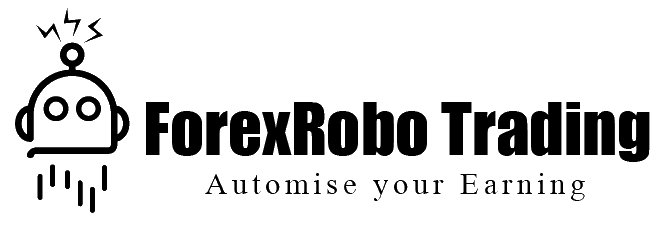
The Forex markets are some of the most traded in the world, attracting an ever-increasing number of traders.
The main reason why more and more traders flock to the Forex markets is that the barriers to entry to trading currencies are so low. All you need to start trading is a computer, a small amount of capital, an Internet connection to access your online trading platforms, and (most importantly) trading knowledge.
Even though it’s pretty easy to start trading with an online Forex trading account, this doesn’t mean that it is without risk. As a Forex trader, risk is defined as losing money, there are four cornerstone risks that might make this occur.
1 The danger of uncontrollable market risk
Market risk, also called systematic risk, represents the risk inherent to the entire market, as opposed to the unsystematic risk that only affects a specific asset, market, sector, geographical region, etc. While unsystematic risk can be reduced with diversification, systematic risk can not.
Simply put, market risk in the Forex market is linked to everything that can impact the price of the currency pairs you’re trading.
Market risk is the most “useful” kind of risk for a trader – the one you want to have exposure to. Indeed, to make money in the market, you need prices to move around, so you can take advantage of the difference in prices when buying and selling. This is referred to as “market volatility”.
Consequently, volatility is what allows you to make profitable trades. It’s a risk, as you can lose money if the markets go against you, but it’s also because of this that you can make winning trades.
2 Liquidity risk
When a market is liquid, this means that it’s quite easy and fast to open and close your trading positions at the price you’re expecting.
Why? Because there are many buyers and sellers in the market.
Even though the Forex market is one of the most liquid financial markets in the world, there are periods of low liquidity. Especially outside of the American and European trading sessions, or during bank holidays and weekends.
This is an important risk that traders should take into consideration, as this usually means that their cost of trading will increase.
Consider the spreads
Indeed, when brokers face a low liquidity situation, they usually increase the size of their spreads. Remember that a spread is the difference between the selling price and the buying price.
It’s the commission you pay to your broker for its services. Increasing trading costs is a situation that only happens when your broker offers variable spreads, which change depending on the market and trading conditions.
However, you can also look for a broker offering fixed spreads, especially if you’re uncertain about how a specific currency pair behaves, or if you intend to use an aggressive and active trading method such as scalping during news releases.
Liquidity risk can also be linked to more unpredictable situations.
3 Counterparty risk
In the Forex market, the counterparty is the entity with which you open and close trading positions: your broker.
The main risk here is that your counterparty doesn’t pay you, either because it went bankrupt, or because of poor regulatory enforcement.
This risk is quite difficult to measure as an individual trader, so they rely on regulatory bodies.
By using a trustworthy broker that is subject to regulation from a reputable authority, you can be more confident when trading.
4 Leverage risk
One of the biggest advantages and risks of Forex trading is leverage. We’ve gone through leverage and how traders make mistakes with it earlier in the guide, so we won’t repeat that again.
The main point to make here is that leverage amplifies all the other cornerstone risks, for instance:
if you take on too much market risk without a stop-loss any large losses from sudden movements get leveraged up.
If a liquidity squeeze forces your trading costs to balloon then that gets leveraged up because the spread is a function of your total position.
To get unlimited leverage you now have to go overseas, perhaps to a broker in a poorly regulated jurisdiction – this increases your counterparty risk.
The bottom line with leverage is just because it is available to you on a massive scale you don’t have to use it.
In summary
There is no such thing as risk-free trading. The four cornerstone risks in Forex trading are:
- Market
- Liquidity
- Counterparty
- Leverage
One of the skill needed when becoming a successful and profitable Forex trader is developing a full appreciation for the risks being taken and how to manage them. The good news is there are tried and tested risk management strategies, which we went through in an earlier chapter, that can be employed to ensure you are exposed to the risks you want to be and have limited exposure to the ones you don’t.




